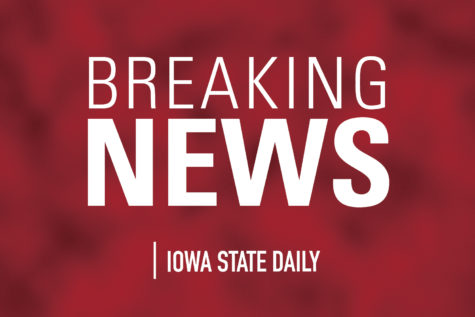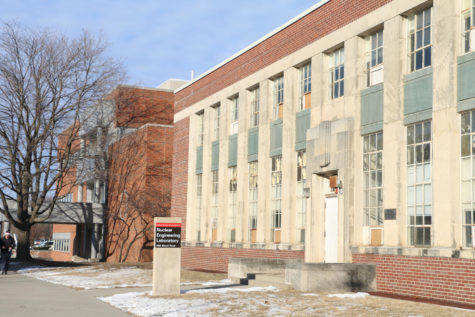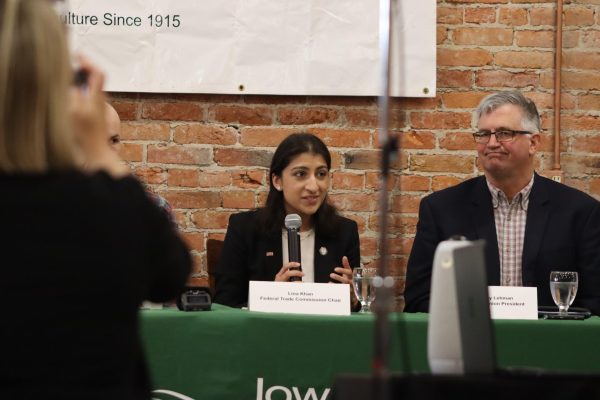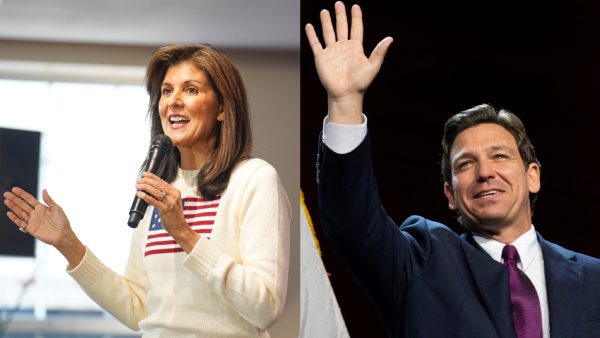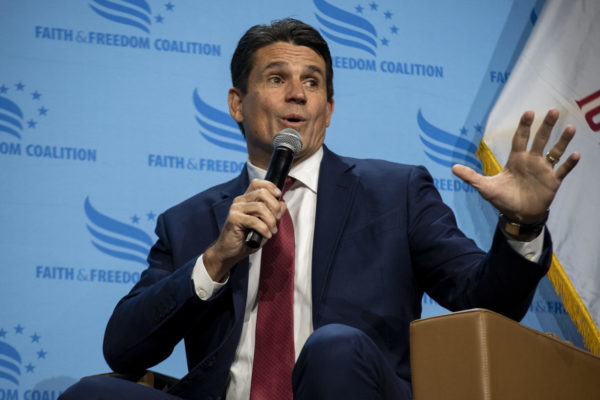Responses from students and faculty on student loan forgiveness
Photo by Katherine Kealey/ Iowa State Daily
Guest Columnist Tia Blansett reflects on what it means to be a Cyclone.
President Joe Biden’s executive order aimed to assist college graduates struggling with repaying student loans has gained favor with students, but some experts have reservations.
This policy comes in response to the growing issue of students accruing large amounts of debt. In the U.S., undergraduate students who took out federal loans, on average, graduated with $28,400 of debt, according to bestcolleges.com.
Biden’s Student Loan Forgiveness Plan will forgive $10,000 of student debt and $20,000 of debt for Pell Grant recipients per person. This plan hopes to ease the burden that large amounts of debt leave on college graduates as the nation continues to transition back from the pandemic.
“I think the government’s been really irresponsible with their lending programs and allowing really predatory loans to be given out to young people who are just trying to pursue education,” Eli Newland, a junior in software engineering, said. “So, I think this is a good step towards righting that wrong.”
Newland points out that the cost of higher education has skyrocketed in the past several decades, leading to more students feeling the need to take out loans to attend college.
“The rate of government subsidization of colleges has gone down a lot, so, our tax dollars aren’t covering education as much,” Newland said. “I think we definitely need to take steps to improve that, but we also need to help out the people who have been taken advantage of by these predatory loans.”
For many students, graduating with a large amount of debt can postpone many of the mile markers people typically look to when starting their lives.
“I got my first degree in 2008, and a lot of my friends graduated with a ton of debt at the time,” Christen Bain, a senior majoring in agricultural engineering, said. “They’re still paying off those loans now and don’t own homes and aren’t starting their families in the same way that I could because I went to school on a full ride.”
For graduates who do struggle to pay off their debt, compounding interest can continue burying students deeper into debt even after graduation. Biden’s debt forgiveness plan may ease this burden but only represents a fraction of the debt some graduates have accrued.
“You look when you’re starting and you’re like, ‘Okay, I’m gonna be $40,000 in debt,’” Bain said. “You graduate, but that keeps compounding so your $40,000 becomes $120,000 becomes $200,000, and so, even when you start and you have the idea that, okay, my career is gonna make me enough money that I can afford to pay off my loan, but that compounding interest means that it’s impossible.”
Biden’s Debt Forgiveness Plan does help people struggling to cope with the debt they accrued while attending college but is the subject of criticism for several reasons. One criticism is that the policy addresses a wide population without considering the root of the problem.
“It’s a very blunt policy instrument and not really targeted to what the actual problem is,” John Winters, a professor of economics, said. “So, I think that’s the thing where you look at economic policy, this is not designed to actually address fundamental problems.”
Winters says another issue is the high-income thresholds for people who qualify for debt forgiveness. Single-income families earning $125,000 or couples earning up to $250,000 annually can qualify for Student Debt Forgiveness. This high threshold means the plan targets a large portion of the population instead of focusing on a lower-income division of the population.
“You know, again, if you think about what’s going on here, I would think systematically there are other issues with student lending that address [the issue] in a different way,” Winters said. “And you know, there’s already income-contingent repayment plans and things like that.”
Winters said while Biden’s policy does address a population’s need for debt forgiveness, its loose targeting is intended to gain approval from the relatively large population who are in the process of repaying student loans. Dirk Deam, a professor in political science, said the policy is aimed to address a serious problem, yet many people are keen to point out that the policy is flawed.
“I think it’s unnecessarily cynical to say that’s the only reason that this was done,” Deam said. “And I think a lot of people want to say that there are other good reasons that things get done. ”
Biden’s plan addresses lower-income populations by doubling the amount of loan forgiveness for Pell Grant recipients. Pell Grants are awarded to undergraduate students who display an exceptional need for financial assistance, according to the U.S. Department of Education.
“It’s a way of relieving the debt burden for students who went to college coming from not very wealthy families,” Karen Kedrowski, director of the Carrie Chapman Catt Center, said. “It’s a way of weighing the benefit towards students who, when they walked in the door, were financially disadvantaged.”
Kedrowski would argue that the Student Loan Forgiveness Plan does account for low-income people as well as people with higher incomes.
“More generally, there’s a problem here where [students start their] lives with enormous encumbrance in terms of debt, which then very much curtails what it is that you can do,” Deam said. “That’s not particularly good for you, and it’s not particularly good for the country.”
In terms of good for the country and economy, Biden’s plan does help people to feel financially secure enough to take part in the economy.
“You go out into the economy and you spend your money on something other than debt relief for yourself, then that stimulates the economy,” Deam said. “That puts more money back into the economy. It’s good for a country that wants to have a vigorous, growing economy.”
Deam said in addition to fueling economic growth, the policy allows individuals to contribute things they would have otherwise been too bogged down to contribute.
While Biden’s plan does address the immediate issue of the population drowning in debt, it does not address the problem at its roots: the stark increase in the cost of higher education.
“You know, in the 1970s, state funding provided half or more of the actual cost of instruction at public colleges and universities, which means the out-of-pocket cost was relatively low,” Kedrowski said. “That was significantly eroded to now 25% or less; there are some states where it’s less than 10%.”
Your donation will support the student journalists of the Iowa State Daily. Your contribution will allow us to purchase equipment, send our student journalists to conferences and off-set their cost of living so they can continue to do best-in-the-nation work at the Iowa State Daily.



